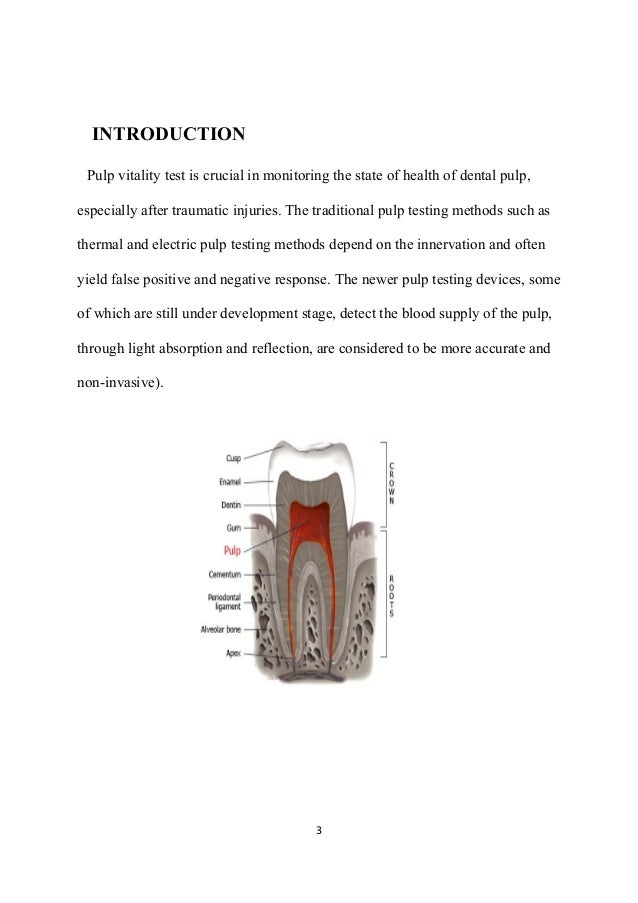

No diagnostic accuracy studies have been performed to determine the sensitivity and specificity of the Wright Test. These symptoms include paresthesia and the hand “falling asleep” and possibly even Raynaud’s phenomenon, as occurs when sleeping on one’s stomach with the arms over the head.The wright test is positive if there is an obvious weakening of the radial pulse and/ or neurologic symptoms in the tested arm within a short time.See Also: Adson Test Wright Test What does a positive Wright Test mean? Then he or she checks the other arm and compares the results.The examiner first tests the affected side by passively abducting the arm to 180° while checking the radial pulse and noting the angle at which the radial pulse weakens or disappears.The examiner palpates the patient’s radial pulse.The patient is sitting or standing with arms hanging down loosely.In addition, ambulatory monitoring may be useful in patients with refractory hypertension but little organ damage, those with suspected autonomic neuropathy, and those who have wide differences between readings from home and clinic, as well as for monitoring treatment. Ambulatory measurements in older patients can identify episodic hypotension. Increasing evidence suggests that patients with hypertension whose blood pressure is lower at night have less risk for cardiovascular morbidity than those whose pressure remains high. Another use is the identification of “nondipping” blood pressure (i.e., less than 10 percent reduction from daytime to nighttime pressure), which is thought to increase a patient’s risk for complications.

It usually is used for diagnosis in patients with suspected “white coat” hypertension-who are thought to be at lower risk of blood pressure–related complications than those with sustained hypertension-and recently has been approved by the Centers for Medicare and Medicaid Services for this purpose. Ambulatory monitoring may predict risk for morbidity more accurately than in-clinic blood pressure readings. Indications for ambulatory blood pressure monitoring are listed in Table 4.

Talking during the procedure may cause deviations in the measurement. Neither the patient nor the person taking the measurement should talk during the procedure. Measurements should be given to the nearest 2 mm Hg. The first and last audible sounds should be recorded as systolic and diastolic pressure, respectively. Mercury column should be deflated at 2 to3 mm per second.ĭeflation rates greater than 2 mm per second can cause the systolic pressure to appear lower and the diastolic pressure to appear higher. If the arm is unsupported and held up by the patient, pressure will be higher.Ĭuff bladder should encircle 80 percent or more of the patient’s arm circumference.Īn undersized cuff increases errors in measurement. If the upper arm is below the level of the right atrium, the readings will be too high if the upper arm is above heart level, the readings will be too low. Patient’s arm should be supported at heart level. Patient should be seated comfortably, with back supported, legs uncrossed, and upper arm bared.ĭiastolic pressure is higher in the seated position, whereas systolic pressure is higher in the supine position.Īn unsupported back may increase diastolic pressure crossing the legs may increase systolic pressure.


 0 kommentar(er)
0 kommentar(er)
